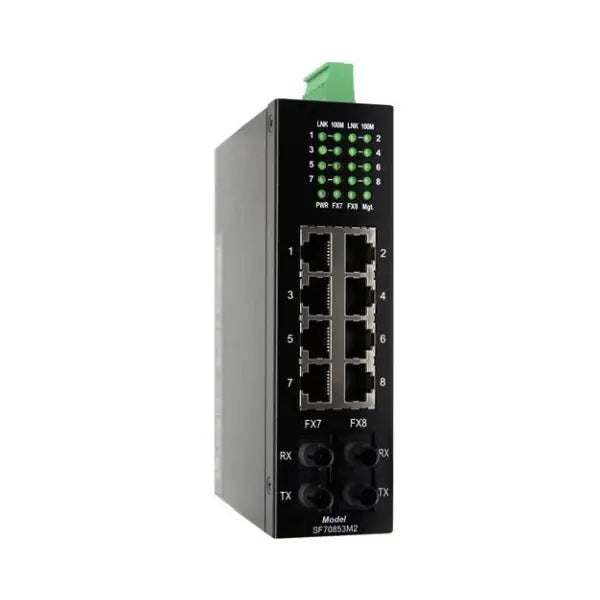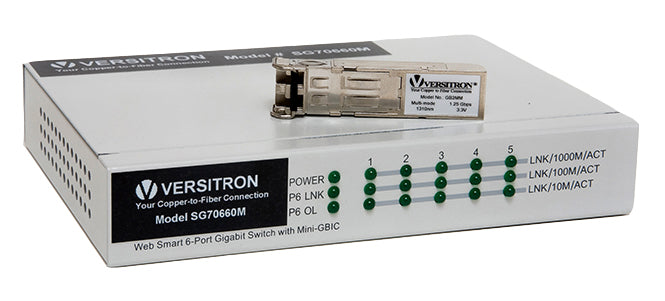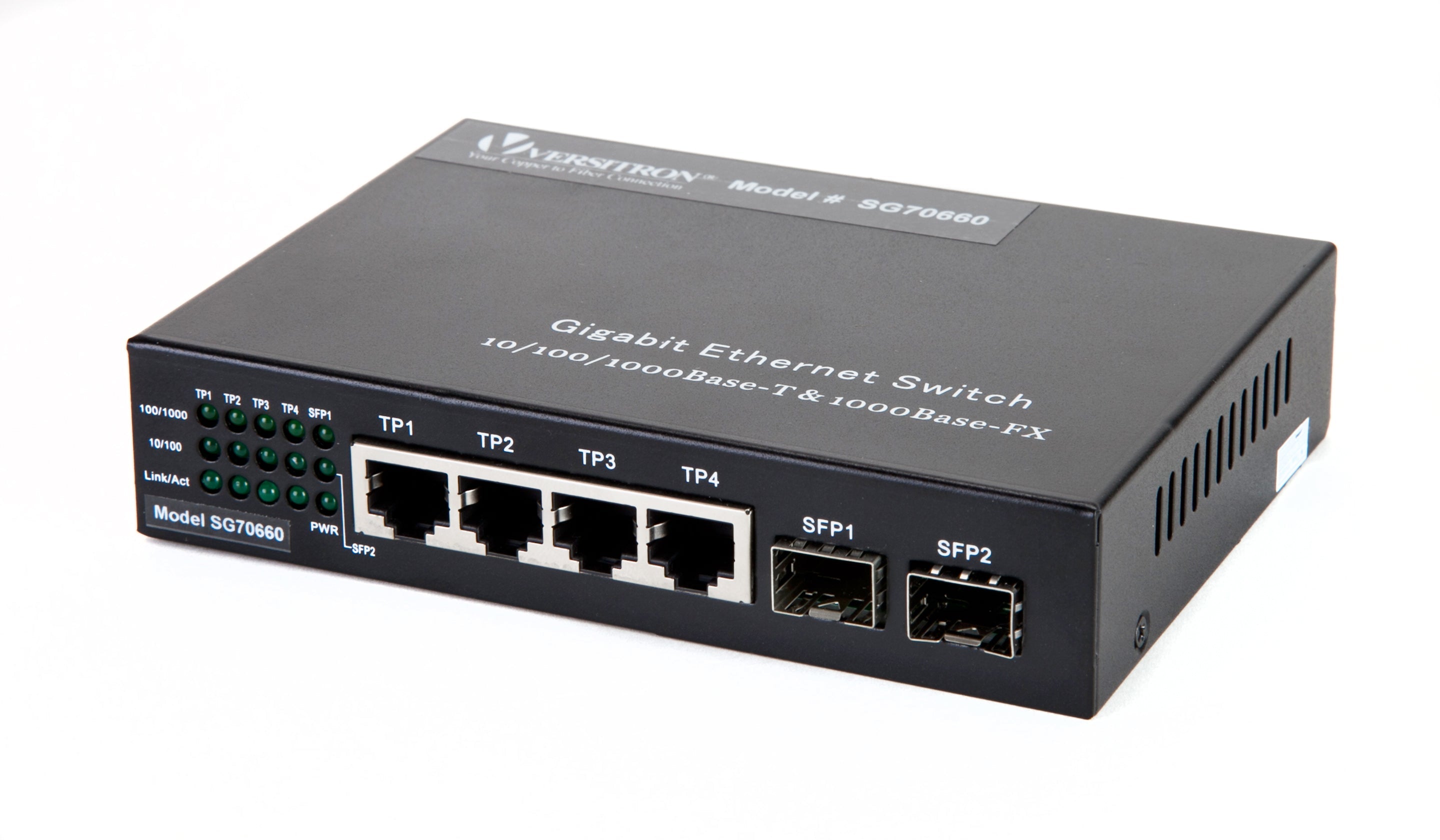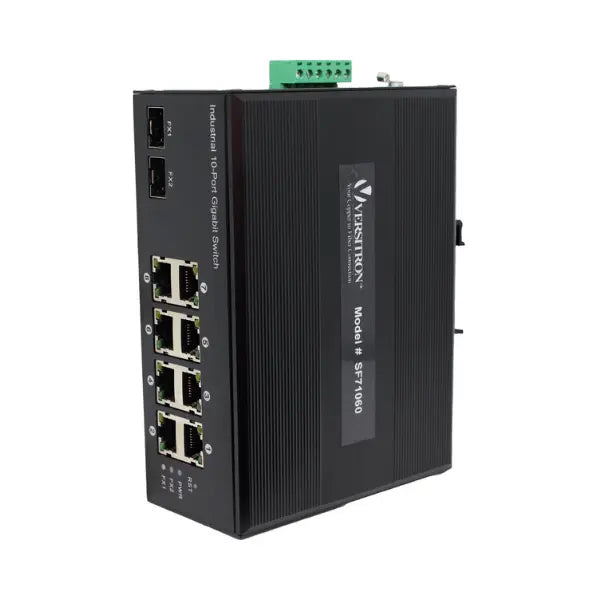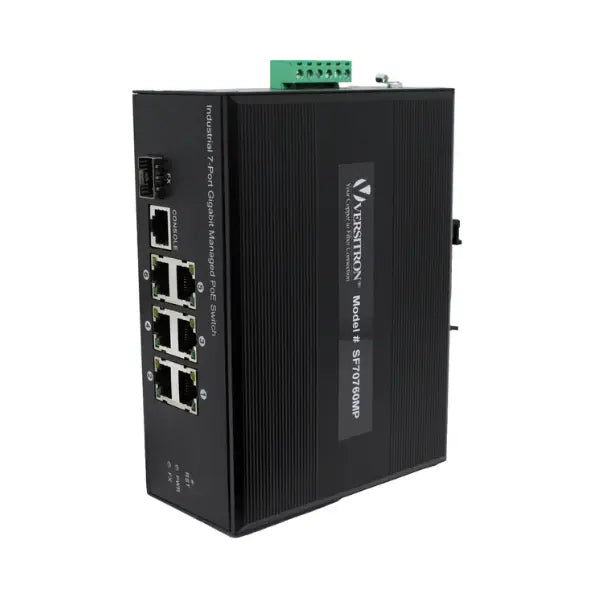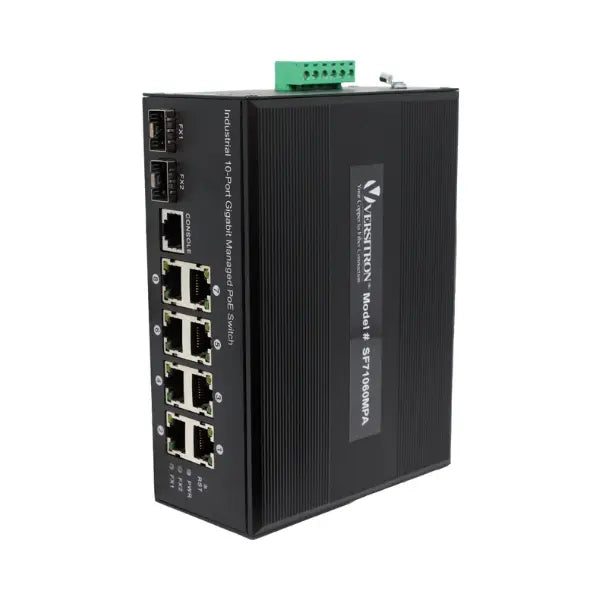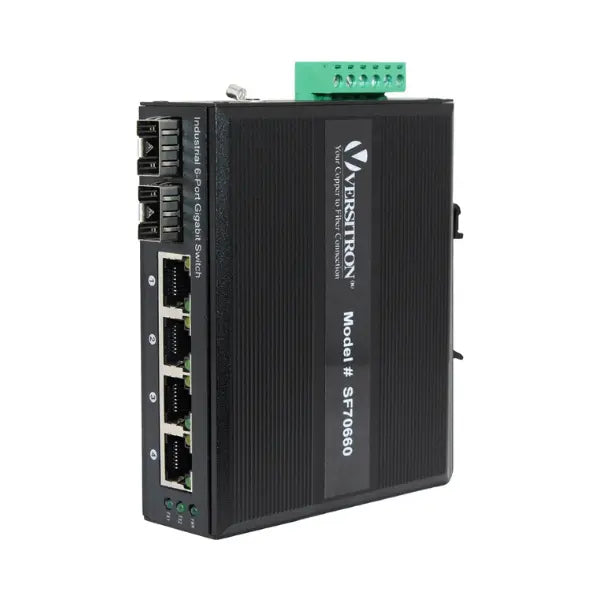A switch is an integral part of most modern data networks. They operate on Layer 2 of the OSI model and are instrumental in data packet forwarding based on the header name. Switches are of different types, such as for industrial, commercial, and home-based networks. They may be managed or unmanaged, but differ based on the operating environment, area available, and so on. While all switches play more or less the same role, they can be briefly categorized into data center switches and campus network switches among other types. Both campus and data center switches operate on Layers 2 and 3 of the OSI model. This post focusses on the comparative account of data center switches and campus network switches.
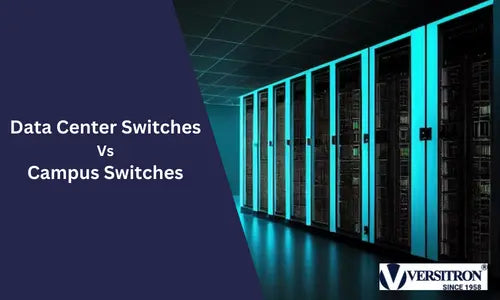
What is a Data Center Switch?
With humongous amounts of data being generated, analyzed, and shared by businesses, the need and scope of its safe storage and transfer has surged over the last few years. This need is fulfilled by data centers. Hence, it is evident that a data center switch needs to be robust with a capacity to handle vast amounts of data and must offer a high level of security. This is because data centers manage a large number of computers, cloud storage spaces, and more. Here, the connected devices in the network comprise, load balancers, rack servers, firewalls, and more. These switches must offer high-speed and accurate data transmission and low latency. The number of ports may be around 35-40 and beyond, which makes them capable of connecting to a large number of devices.
What is a Campus Switch?
A campus switch is specially designed for offices, educational institutions, and a set of buildings within a campus. They are used to connect all the conventional campus devices such as IP phones, surveillance cameras, computers, printers, and other peripherals. They have varying number of ports ranging from 4 to 20 and beyond. While most of them may be unmanaged switches, they have both RJ45 as well as SFP ports, which makes them compatible with fiber as well as copper cable networks. You need to select the right number of ports based on the network requirements and future scope.
Data Center Switch Vs Campus Switch
Here is a comparative account of data center switches and campus switches based on various parameters.
- Number of ports: The number of ports is more in data center switches than in campus switches as the network size is small in the latter. The number of connected devices is less and so is their functioning capacity in campus switches. The number of ports may be from 4 to 8 in home-based networks, and go up to 20 or more in large campus networks such as offices and industrial units. On the other hand, data center switches have a greater number of ports ranging from 20-40 and beyond.
- Performance and latency: Data centers require are high-performance and low latency switches, considering the devices with large amounts of data. The performance requirements in campus networks are relatively lower, and hence the switches may have a lower capacity than data center switches.
- Application: Data center switches are suitable for high load environments with multiple servers storing and transferring massive amounts of data in cloud services. Campus switches are suitable in offices and organizations spanning multiple buildings within a premise, homes, commercial establishments, healthcare centers, educational institutions, and more.
- Port speed: To seamlessly process huge amounts of data, data center switches have port speeds of minimum 10 Gigabit per second, while campus switches can process data efficiently even at 1 Gigabit per second, depending on the network size, transmission distance, and more.
- Scalability: While scalability and the scope for future expansions are necessary in campus as well as data center networks, the number of added devices would still be lower in a campus network.
- Control and management features: Data center switches must have advanced features such as hot swappable components, PoE, redundant power supplies, Virtual Extensible LAN (VXLAN), Multi-Chassis Link Aggregation Group (MLAG), load balancing, Quality of Service (QoS), and so on. Most campus switches may be unmanaged, thus allowing administrators to control the data flow, traffic, configurations, and overall network management.
- Security: This feature is required in any type of network, and hence switches of all types have at least basic security features. Hence, campus switches also have built-in firewalls, ACL, and port security. This helps prevent unauthorized access, cyber-attacks, and tampering of data.
If you plan to install a new fiber optic network or blend it with the existing copper cable network, and fiber, you will require good quality switches among other network devices. The type of switch would depend on your network type and size. Ensure you source these switches from reliable manufacturers and suppliers. VERSITRON is a known name in this regard. You can partner with the company for all your requirements pertaining to fiber optic network devices. We offer a variety of commercial and industrial, managed and unmanaged switches with PoE, SFP port for fiber, RJ45 port for copper cables, and many advanced features. For any further information you require, you can contact our team via phone or email.
Data Center Switches Offered by VERSITRON
While you can always customize campus switches or data center switches, here are some standard yet customizable data center switches offered by VERSITRON.
|
SKU Code |
Product Name |
Description |
|
|
SGX75270MP |
52-Port Managed PoE+ Switch | 48-RJ45 Ethernet Ports, 4-SFP Fiber Ports |
The SGX75270MP is a 52-Port 10/100/1G/10G Layer 2+ Managed Switch with 1G/10G SFP Slots. The total power for PoE is 600 Watts. |
|
|
SGX72870MPA |
28-Port Managed PoE+ Switch | 24-RJ45 Ethernet Ports, 4-SFP Fiber Ports |
The SGX72870MPA is a 28-Port 10/100/1G/10G Layer 2+ Managed Switch with 1G/10G SFP Slots. The total power for PoE is 600 Watts. |
|
|
SGX368244M |
36-Port Managed Switch | 8-RJ45 Ethernet Ports, 28-SFP Fiber Ports |
The SGX368244M is the 36 ports “All Fiber” Switch that we manufacture. This Layer 2+ Managed device provides a total of 36-Ports with 10/100/1G/10G capability on the fiber side and 10/100/1000 on the copper side. |
|
|
SGX288164M |
28-Port Managed Switch | 8-RJ45 Ethernet Ports, 20-SFP Fiber Ports |
The SGX288164M model is a 28-Port 10/100/1G/10G Layer 2+ Managed “All Fiber” Switch that supports 8 combo ports of 10/100/1000Base Copper or 100/1G SFP Slots, 16-100/1G SFP Slots, and 4-1G/10G SFP Slots. |






